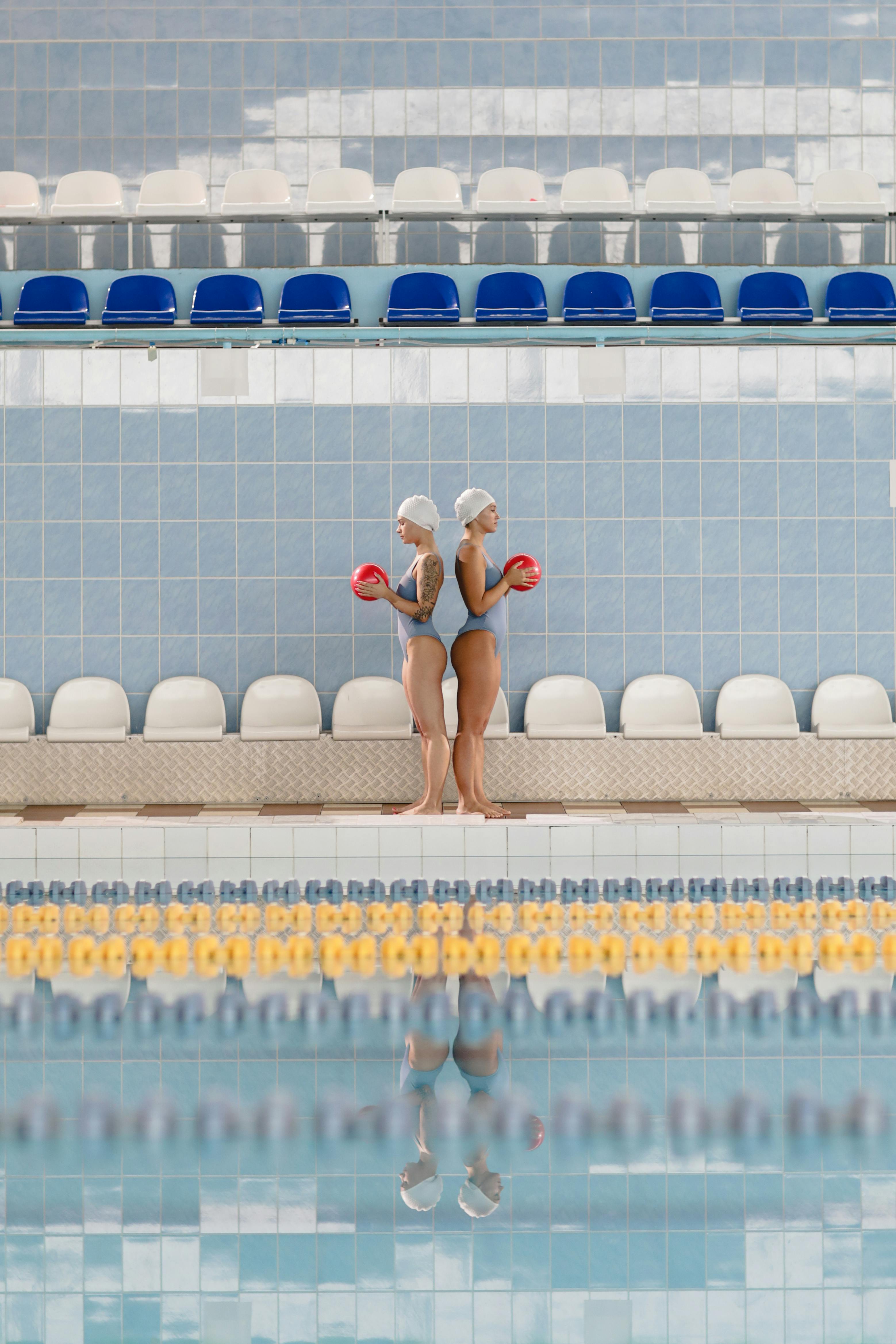Diving Deep into the Intricacies of Synchronized Swimming
In the realm of sports, few disciplines demand such a unique blend of artistry, athleticism, and synchronization as synchronized swimming. This mesmerizing aquatic ballet has evolved from its humble beginnings into a fiercely competitive sport that showcases the epitome of harmony, strength, and precision.

The Genesis and Evolution of Synchronized Swimming
Originally known as “water ballet,” synchronized swimming traces its origins back to the late 19th and early 20th centuries. The sport evolved from a pastime enjoyed by women at private swimming clubs into a fully-fledged competitive discipline. The first recorded competition took place in 1891 in Berlin, Germany, and by the 1930s, it was a popular feature in aquatic shows across the United States. Synchronized swimming officially made its Olympic debut in the 1984 Los Angeles Games, and since then, it has been a staple in the Olympic program.
The Art and Science of Synchronized Swimming
Synchronized swimming is a complex sport that combines elements of swimming, dance, and gymnastics. The athletes perform choreographed routines in the water to music, showcasing their strength, flexibility, and breath control. They must maintain a high degree of precision and synchronization throughout their routines, which often involve intricate maneuvers, lifts, and formations. This requires extensive training and a deep understanding of the sport’s technical aspects.
The Current State of Synchronized Swimming
Today, synchronized swimming is recognized as one of the most physically demanding sports. Athletes must possess exceptional endurance, strength, flexibility, and synchronization skills. Additionally, the sport has evolved to include mixed duet events, breaking the stereotype of it being a ‘female-only’ sport. The inclusion of men in recent competitions has introduced a new dynamic to the sport, adding an extra layer of complexity and intrigue.
The Benefits and Challenges of Synchronized Swimming
Synchronized swimming offers numerous benefits, including improved cardiovascular fitness, strength, flexibility, and teamwork skills. However, it also presents unique challenges. Athletes must execute complex routines while keeping their movements synchronized and aesthetic, all while battling the effects of water resistance and holding their breath. Overcoming these challenges requires immense dedication, training, and mental fortitude.
Synchronized Swimming in Action
Synchronized swimming transcends the realm of competitive sport—it is a spectacle of beauty and athleticism that captivates audiences worldwide. From the Olympic Games to local community clubs, the sport continues to thrive and inspire the next generation of athletes. Its unique blend of artistry and athleticism makes it a testament to the power of human performance and the endless possibilities of sports.
Synchronized swimming is more than just a sport—it’s a unique blend of art and athleticism, a testament to human strength and grace. It’s a discipline that demands dedication, teamwork, and a commitment to excellence. As we delve deeper into the intricacies of this fascinating sport, we gain a greater appreciation for the athletes who dedicate their lives to mastering its complex routines and the beauty they create in the process.




